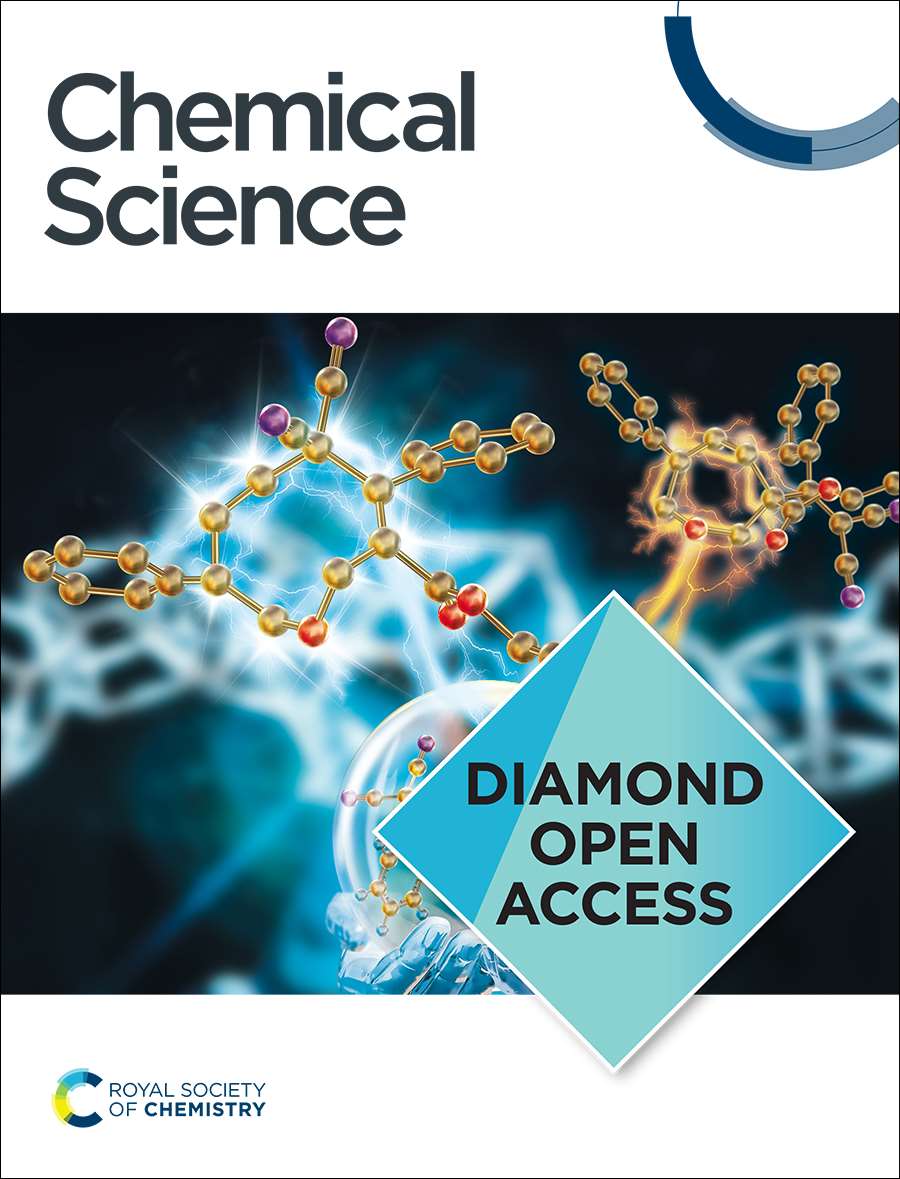Mechanistic Insights into Solvent-Guided Growth and Structure of MoO2 Nanoparticles in Solvothermal Synthesis
IF 7.6
1区 化学
Q1 CHEMISTRY, MULTIDISCIPLINARY
引用次数: 0
Abstract
Understanding the processes involved in the nucleation and growth of nanoparticles is essential for the development of tailored nanomaterials. Here, we investigate the solvent effects on the atomic structure and size of nanocrystalline MoO2 from a solvothermal synthesis and deduce their reaction pathways. Detailed pair distribution function (PDF) analysis reveals the formation of distinct MoO2 structures, depending on the alcohol used. We show that the atomic structure and crystallite size of the formed materials can be directly related to their formation pathway. In situ PDF together with X-ray absorption spectroscopy of the reaction between MoCl5 and an alcohol solvent allows us to see that larger nanoparticles (ca. 30 nm) with the conventional MoO2 distorted rutile structure form when the initial Cl/O-ligand exchange is fast, but the subsequent condensation and crystallization is slowed down in the synthesis process. On the other hand, when the Cl/O exchange is slowed down, a [MoIVClxOy]-complex is formed, and we obtain very small nanoparticles (2-3 nm) with the MoO2 high-pressure polymorph structure. The study shows how the chemistry of the reaction solvent affects the mechanistic pathways, and consequently the intermediate formed just prior to crystallization, which is directly applicable in the process of obtaining specific nanocrystalline materials.溶剂热合成中MoO2纳米颗粒在溶剂引导下生长和结构的机理研究
了解纳米颗粒的成核和生长过程对于定制纳米材料的开发至关重要。本文研究了溶剂热法合成纳米晶MoO2时,溶剂对其原子结构和尺寸的影响,并推导了其反应途径。详细的对分布函数(PDF)分析揭示了不同的MoO2结构的形成,取决于所使用的醇。结果表明,形成材料的原子结构和晶粒大小与其形成途径有直接关系。原位PDF结合MoCl5与酒精溶剂反应的x射线吸收光谱,我们可以看到,当初始Cl/ o配体交换快速时,形成具有传统MoO2扭曲金红石结构的较大纳米颗粒(约30 nm),但在合成过程中,随后的缩合和结晶过程减慢。另一方面,当Cl/O交换减慢时,形成[MoIVClxOy]-配合物,我们得到了具有MoO2高压多晶结构的非常小的纳米颗粒(2-3 nm)。研究表明了反应溶剂的化学性质如何影响机理途径,从而影响结晶前形成的中间体,这直接适用于获得特定纳米晶材料的过程。
本文章由计算机程序翻译,如有差异,请以英文原文为准。
求助全文
约1分钟内获得全文
求助全文
来源期刊

Chemical Science
CHEMISTRY, MULTIDISCIPLINARY-
CiteScore
14.40
自引率
4.80%
发文量
1352
审稿时长
2.1 months
期刊介绍:
Chemical Science is a journal that encompasses various disciplines within the chemical sciences. Its scope includes publishing ground-breaking research with significant implications for its respective field, as well as appealing to a wider audience in related areas. To be considered for publication, articles must showcase innovative and original advances in their field of study and be presented in a manner that is understandable to scientists from diverse backgrounds. However, the journal generally does not publish highly specialized research.
 求助内容:
求助内容: 应助结果提醒方式:
应助结果提醒方式:


